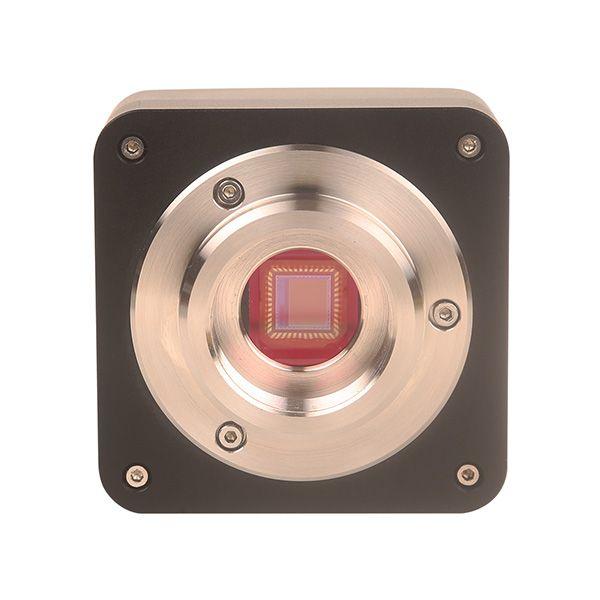What Separates a Microscope Camera's CMOS Sensor From CCD?

The two main types of image sensors used in microscope cameras are complementary metal-oxide-semiconductor, or CMOS, and charge-coupled devices. Every technology has distinct qualities and benefits that make it appropriate for a variety of uses.
Sensor Architecture
The architectural layout of CCD and CMOS sensors is the primary distinction between them. The image processing circuitry of CCD sensors receives the accumulated electrical charges from each pixel through the use of a dedicated readout amplifier. To ensure precise signal transmission, this process involves moving the charges along many electrodes. CMOS sensors, on the other hand, incorporate an amplifier into every pixel, allowing light-induced electrical signals to be directly converted into digital data. This results in a more energy-efficient and compact design by doing away with the requirement for an external readout amplifier.
Image Quality and Noise
When compared to CMOS sensors, CCD sensors typically yield images with better quality, less noise, and a larger dynamic range. This is a result of the lower signal amplification stages and increased light sensitivity of CCD, which reduces noise introduction. On the other hand, CMOS sensors might have a smaller dynamic range and somewhat higher noise levels. But CMOS technology has advanced to such an extent that image quality is now much better, making them a good choice for a wide range of applications.
Readout Speed and Rolling Shutter Effect
Compared to CCD sensors, CMOS sensors often provide faster readout speeds. This is because CMOS sensors can send pixel data straight to the image processing circuitry, doing away with the requirement for charge shifting and shortening readout times. However, when the image is scanned row by row, CMOS sensors are more vulnerable to the rolling shutter effect. Because different rows of the image may be captured at slightly different times, this can lead to distortions when capturing fast-moving objects.
Power Consumption and Cost
In general, CMOS sensors use less energy than CCD sensors. This is because they did away with the external readout amplifier and had a simpler architecture. CMOS sensors are therefore frequently chosen for battery-operated microscope cameras. Furthermore, the cost of manufacturing CMOS sensors is typically lower than that of CCD sensors. This is a result of their simpler production process and need for fewer specialized parts.
Understanding the differences between CCD and CMOS sensors in microscope cameras allows you to make informed purchasing decisions, optimize image capture for specific applications, troubleshoot image quality issues, enhance research and education, and maximize personal exploration in the microscopic world.
- Art
- Causes
- Crafts
- Dance
- Drinks
- Film
- Fitness
- Food
- Jogos
- Gardening
- Health
- Início
- Literature
- Music
- Networking
- Outro
- Party
- Religion
- Shopping
- Sports
- Theater
- Wellness


